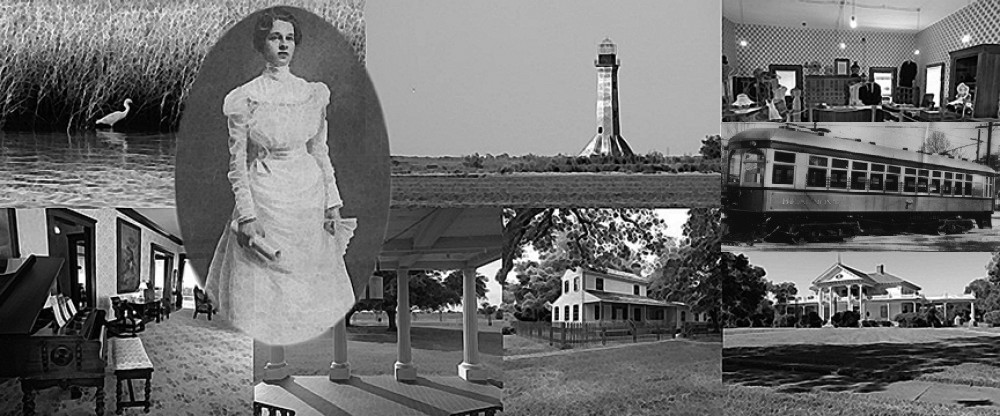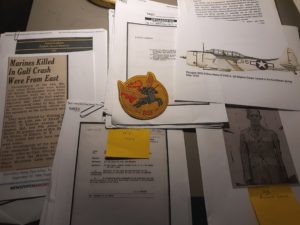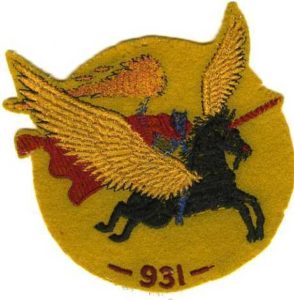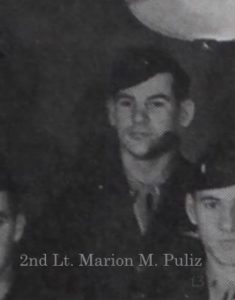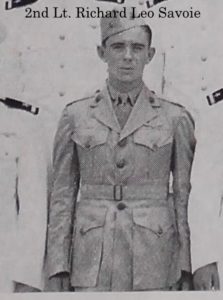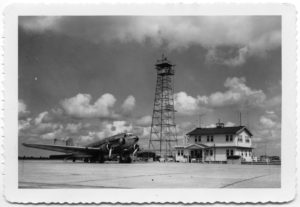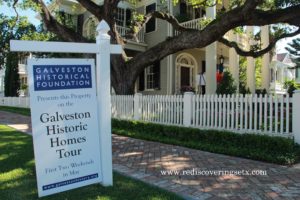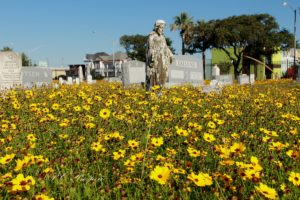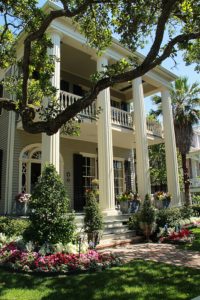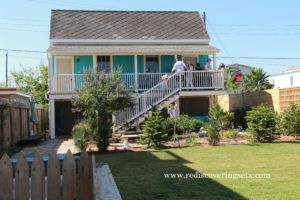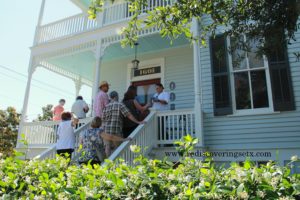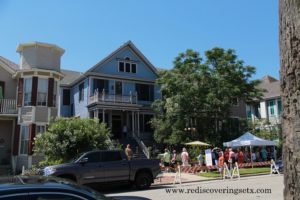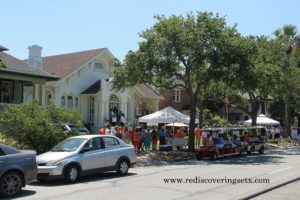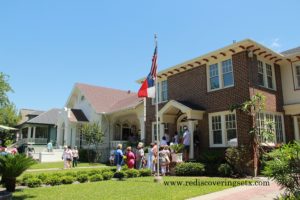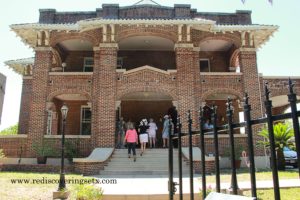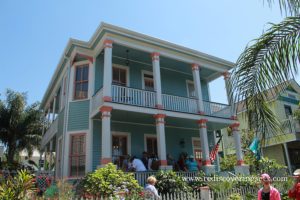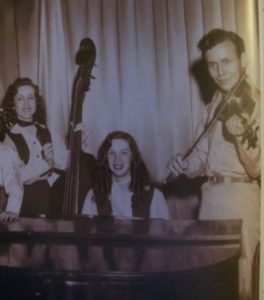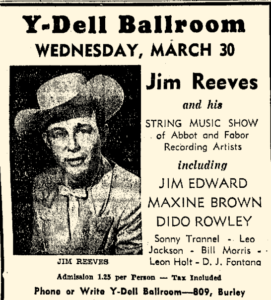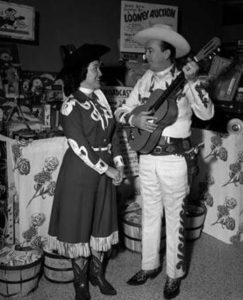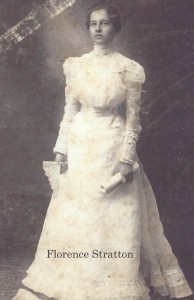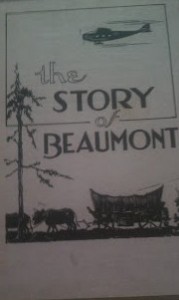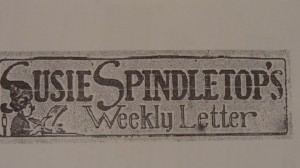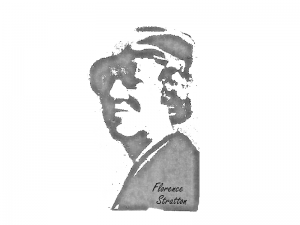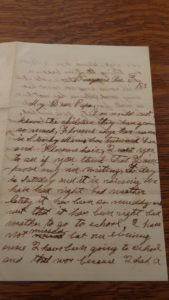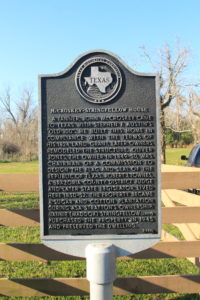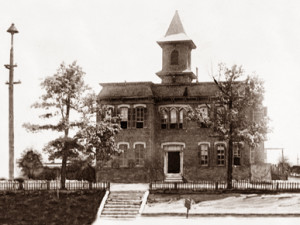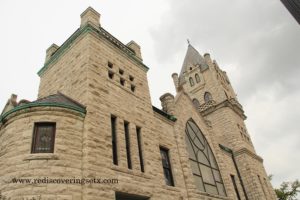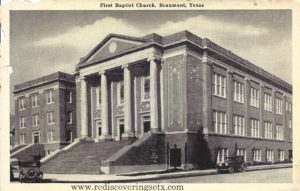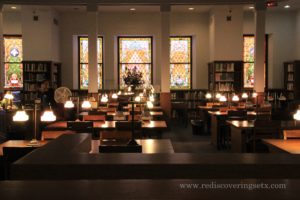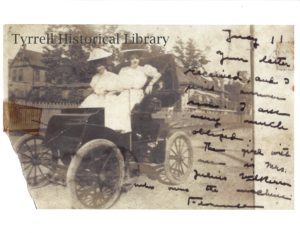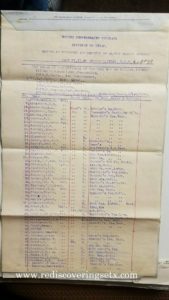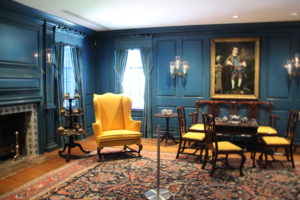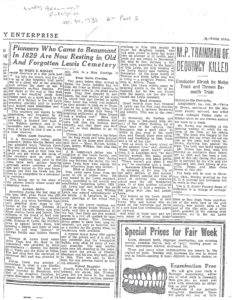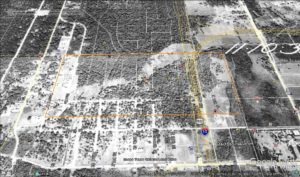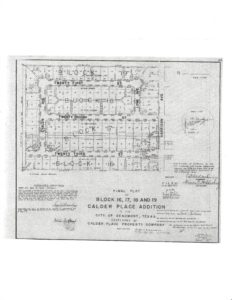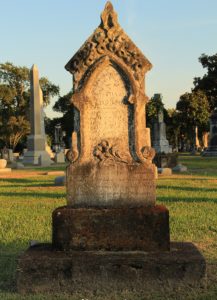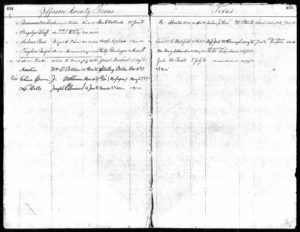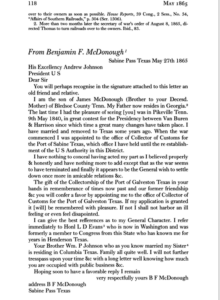I take one week off, and Beaumont turns into Pompeii. Apparently, there’s a firebug or firebugs in the city who are disgruntled with properties with the name Gilbert in them. Or maybe not; I’m just speculating. I really haven’t heard anything about the cause of the Gilbert Building fire as of this writing, but as the son of an ex-fireman, I have my suspicions. The Caroline Gilbert Hinchee House was also targeted the same night, for those not in the know. Someone threw gasoline around the house and tried to torch it. Fortunately, a neighbor saw this, and the Beaumont Fire Department was quick on the scene. It is somewhat of a miracle that this property didn’t go up in flames.
I rarely check Facebook, because I don’t care about most people’s thoughts and empty prayers or about their opinions on politics or religion and why dem boyz haven’t been to the Super Bowl since the 90s. I can answer the latter: Rodger the Dodger’s old neighborhood needs a new owner, and Dak sucks more than Danny White back in the day—but at least Danny could punt!
I did search a few pages when I heard the news of the fire, and boy, oh boy, many West End Wandas in the comments were triggered about other things! “What about this building?” “What about this house?” “What are you doing for these places?” “Why aren’t you doing more?”
Let me explain how preservation works, Wanda. There are many wheels to grease to keep them turning and many hours of volunteer time to grease those wheels. Yes, volunteer time! Volunteers are the unpaid soldiers who preserve our historical sites and do hours of research because we are passionate about history. There are also paid people at originations, some of whom I support and others whom I deem worthless. I will not get into those people because some have a higher boss. #peckem.
Wanda, sorry you don’t like when things get torn down. I don’t either, but typing on social media platforms about your agenda doesn’t help. You need to show up in the real world. Things don’t change because you like or share a post that says some buildings are up for demolition. No one cares about your thoughts or prayer-hand emojis in the end. Be the socks-and ruby-slippers-wearing gal we need. Sorry for bringing up your cousin, but sometimes you need to also wear the hat and wear it with authority! Shout out to my spirit animal, Margaret Hamilton!
This is how preservation works. You show up, then you see what you can accomplish by saving the property, updating the history, or just figuring out what needs to be done to a project. On Friday, I learned that the recent fire at the Gilbert Building will be an item on the agenda at Beaumont City Council this week on Tuesday at 1:30 at the Council Chambers City Hall at 801 Main Street.
“Council consider an ordinance to declare 328-338 Bowie & 486-498 Pearl Street, also known as ‘The Gilbert Building,’ as Imminent Danger and order the owner to raze the said structure within 5 days. If the property owner fails to comply within 5 days, staff is requesting City Council authorization to demolish said structure without further notification to the property owner or City Council action.”
I have no idea whether the building’s structure is safe, because, as of this writing, that has not been determined, and this is the problem with being too hasty about demoing things. If you are interested in making your views heard on this subject, I hope you show up at the meeting. As far as I’m concerned, I hope this building doesn’t end up like South Park High School. And yes, this is the same fate as the Central High School campus. Some of you Facebook keyboard warriors need to realize that this was the sole action of the Beaumont Independent School District and that no other organization can do anything about it. So there you go. Take issue with them.
Well, it’s Father’s Day, and I will end this with a short post from Susie’s weekly letter, dated June 16,1929:
MARY AUTRY HIGGINS came along with the epitaph she found somewhere:
Here lyeth the body of WILLIAM STRATTON
buried May 18, 1734
Age 97
Who had by his first wife 28 children
By his second, 17
Own father to 45,
Grandfather to 86,
Great-grandfather to 97,
great-great-grandfather to 23…in all 251
***
Happy Father’s Day!
https://portal.beaumonttexas.gov/WebLink/DocView.aspx?id=4900716&dbid=0&repo=BeaumontCity
